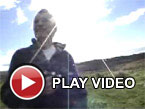 Will Long's ambitious campaign to remaster and reissue key highlights from Celer's overwhelmingly vast discography continues with this expanded reincarnation of 2009's Engaged Touches (appropriately released on fellow ex-pat/ambient artist Ian Hawgood's Home Normal label during its Japan-based era). The album is an especially noteworthy release within the Celer canon for a couple of reasons, but the big one is that it ranks alongside 2008's Discourses of the Withered and 2019's Xièxie as one of the project's perennial fan favorites. While my own pantheon of essential Celer albums does not always align with that of said fanbase, this one's prominent place makes sense, as it was definitely one of the most high-profile albums released during the white-hot height of Celer-mania. As such, it was probably one of the first Celer albums that many people heard. It is also inarguably one of the strongest albums recorded during the project's early days as a husband-and-wife duo with Danielle Baquet-Long (Chubby Wolf) and most of the other contenders were not yet widely available before Bandcamp transformed the musical landscape. Given that, a reissue was both welcome and inevitable, but those who already love this album will likely be thrilled by the prospect of hearing it in its newly expanded and remastered form.
Will Long's ambitious campaign to remaster and reissue key highlights from Celer's overwhelmingly vast discography continues with this expanded reincarnation of 2009's Engaged Touches (appropriately released on fellow ex-pat/ambient artist Ian Hawgood's Home Normal label during its Japan-based era). The album is an especially noteworthy release within the Celer canon for a couple of reasons, but the big one is that it ranks alongside 2008's Discourses of the Withered and 2019's Xièxie as one of the project's perennial fan favorites. While my own pantheon of essential Celer albums does not always align with that of said fanbase, this one's prominent place makes sense, as it was definitely one of the most high-profile albums released during the white-hot height of Celer-mania. As such, it was probably one of the first Celer albums that many people heard. It is also inarguably one of the strongest albums recorded during the project's early days as a husband-and-wife duo with Danielle Baquet-Long (Chubby Wolf) and most of the other contenders were not yet widely available before Bandcamp transformed the musical landscape. Given that, a reissue was both welcome and inevitable, but those who already love this album will likely be thrilled by the prospect of hearing it in its newly expanded and remastered form.
Much like how Wong Kar Wai was unable to resist tweaking the color grading of his films when the opportunity to release 4K restorations of his oeuvre presented itself, this version of Engaged Touches has been transformed and reshaped a bit by Long. Obviously, just about any artist can find room for improvement with the benefit of hindsight, but assessing whether this expansion is a significant improvement over the original is a bit tricky given the nature of the music (endlessly repeating slow-motion loops). In any case, this new version is roughly three times as long as the original (now either 3 CDs or 5 vinyl sides), but it is also two versions of the same album: the first two discs offer a new version with extended track lengths, while the third disc remains faithful to the original in every way except being remastered by Stephan Mathieu.



 My familiarity with James Vella is primarily through his role running the excellent Phantom Limb label, but that is just one facet of a varied career, as he is also a fiction writer and a member of the Canterbury-based post-rock ensemble Yndi Halda. He records as a solo artist too and has been sporadically releasing albums as A Lily for almost two decades now. Notably, Vella is also of Maltese descent, which inspired this wonderful stylistic detour: Saru l-Qamar is assembled from tapes of home recordings archived by the Maltese heritage organization Magna Żmien. Naturally, that made my ears perk up immediately, as I often enjoy the crackling and hissing escapism of dispatches from long-dead people in far-flung places, but the “oneiric bliss” of Vella’s achingly beautiful and hallucinatory collages proved to be an unexpected and welcome enhancement. This is one of my favorite albums of the year thus far.
My familiarity with James Vella is primarily through his role running the excellent Phantom Limb label, but that is just one facet of a varied career, as he is also a fiction writer and a member of the Canterbury-based post-rock ensemble Yndi Halda. He records as a solo artist too and has been sporadically releasing albums as A Lily for almost two decades now. Notably, Vella is also of Maltese descent, which inspired this wonderful stylistic detour: Saru l-Qamar is assembled from tapes of home recordings archived by the Maltese heritage organization Magna Żmien. Naturally, that made my ears perk up immediately, as I often enjoy the crackling and hissing escapism of dispatches from long-dead people in far-flung places, but the “oneiric bliss” of Vella’s achingly beautiful and hallucinatory collages proved to be an unexpected and welcome enhancement. This is one of my favorite albums of the year thus far.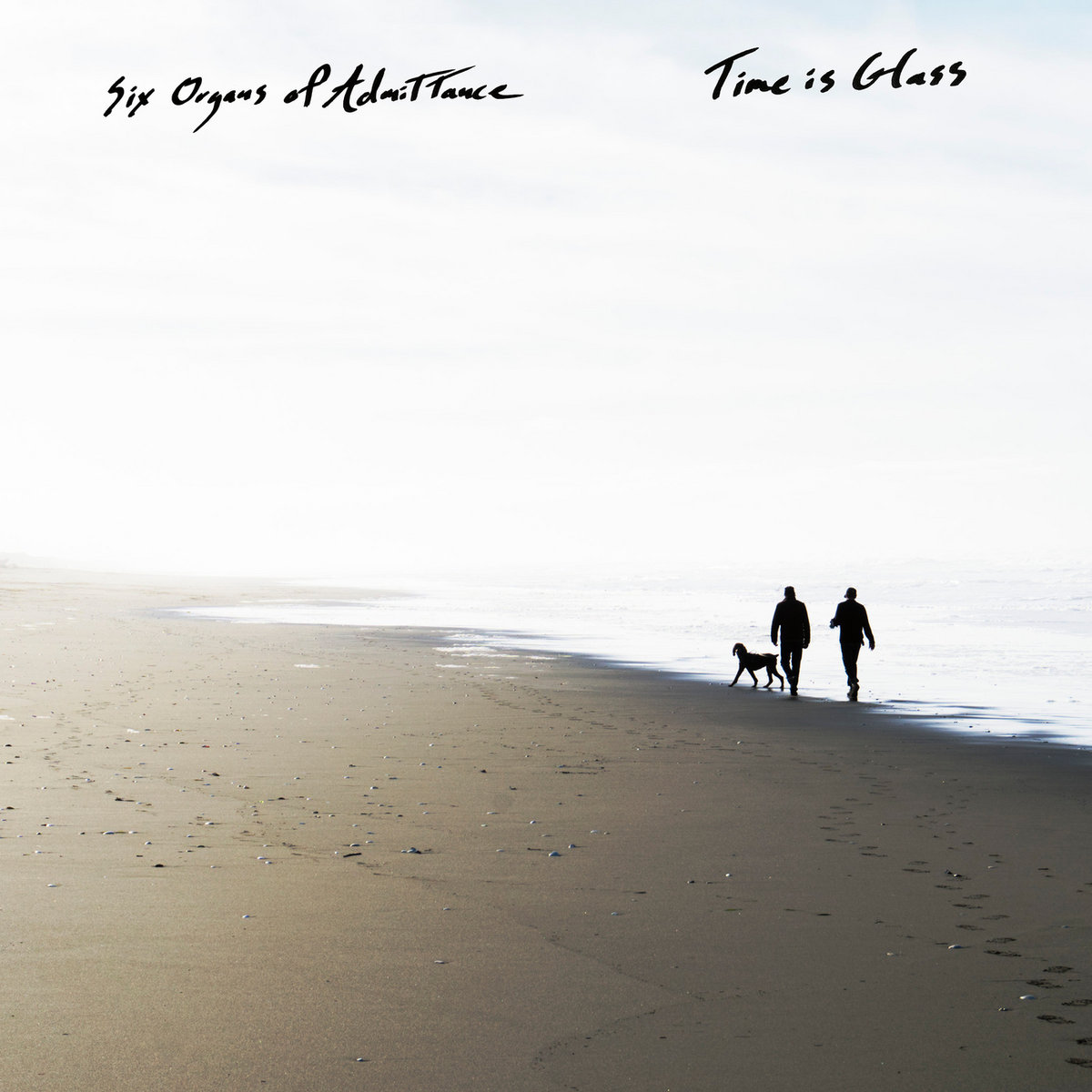 This latest release from Ben Chasney's shapeshifting and long-running psych project is billed as a sort of homecoming album, as Chasney recently moved back to California's famed Humboldt County region after a few decades away. As befits an album recorded on a picturesque coast best known for weed and beautiful redwood forests, Time Is Glass is an especially intimate, casual, and mellow Six Organs album (the cover art of a beachside dog walk captures the tone quite nicely, I think). Admittedly, that softer side of Six Organs is usually not my cup of tea (I am a fundamentally un-mellow person), but I genuinely appreciate Chasney's passion for continual evolution and reinvention and there is already a sizable backlog of Six Organs material that falls more in my comfort zone. As such, I am always willing to indulge Chasney's erratic muse wherever it may lead. More importantly, I consider Chasney to be something of a fitful and unpredictable guitar visionary: there are admittedly plenty of Six Organs songs that leave me cold, but it is never safe to assume that a new Chasney album will be devoid of flashes of brilliance. In keeping with that theme, Time Is Glass is a bit of an uneven album for me, but it does feature two sustained flashes of brilliance that rank among Chasney's finest work.
This latest release from Ben Chasney's shapeshifting and long-running psych project is billed as a sort of homecoming album, as Chasney recently moved back to California's famed Humboldt County region after a few decades away. As befits an album recorded on a picturesque coast best known for weed and beautiful redwood forests, Time Is Glass is an especially intimate, casual, and mellow Six Organs album (the cover art of a beachside dog walk captures the tone quite nicely, I think). Admittedly, that softer side of Six Organs is usually not my cup of tea (I am a fundamentally un-mellow person), but I genuinely appreciate Chasney's passion for continual evolution and reinvention and there is already a sizable backlog of Six Organs material that falls more in my comfort zone. As such, I am always willing to indulge Chasney's erratic muse wherever it may lead. More importantly, I consider Chasney to be something of a fitful and unpredictable guitar visionary: there are admittedly plenty of Six Organs songs that leave me cold, but it is never safe to assume that a new Chasney album will be devoid of flashes of brilliance. In keeping with that theme, Time Is Glass is a bit of an uneven album for me, but it does feature two sustained flashes of brilliance that rank among Chasney's finest work.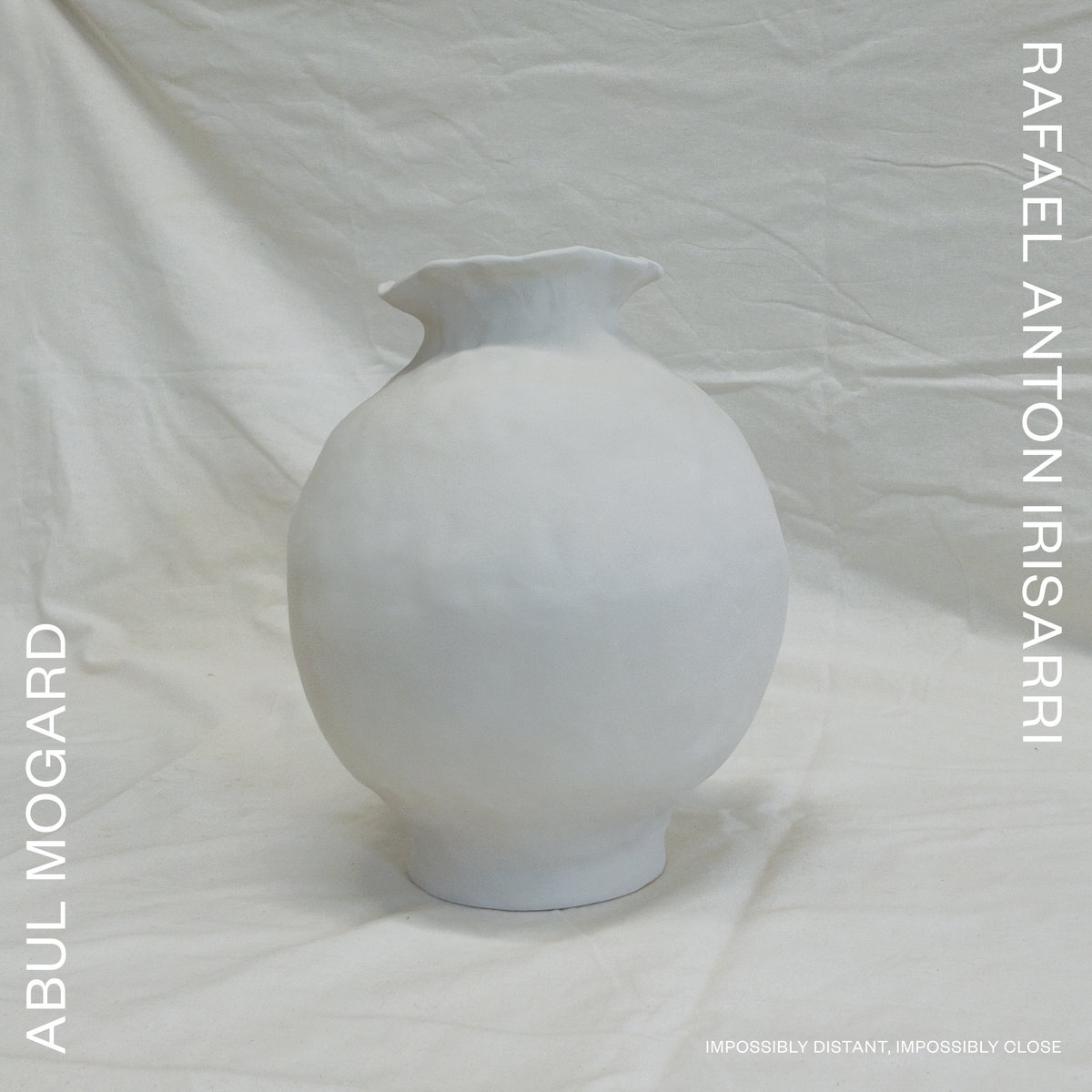 This collaboration has its origins in a sold-out opening night show from Madrid's 2023 SoundSet series, as Irisarri and Guido Zen tore the roof off the Condeduque cultural center ambient-style with their encore duet. Naturally, that intense performance ("Waking Up Dizzy on a Bastion") is included here for the benefit of hapless chumps like me who were on the wrong continent that night, but the experience inspired the two artists to keep their partnership going afterwards (albeit remotely). That continued creative union eventually resulted in a longform studio piece ("Place of Forever") that is every bit as impressive as the Madrid performance, if not even better. Unsurprisingly, I have been a fan of both artists for quite some time and this album is one of those rare times in which an ostensible match made in heaven actually sounds as absolutely mesmerizing as I hoped it would. This album is pure blackened drone nirvana.
This collaboration has its origins in a sold-out opening night show from Madrid's 2023 SoundSet series, as Irisarri and Guido Zen tore the roof off the Condeduque cultural center ambient-style with their encore duet. Naturally, that intense performance ("Waking Up Dizzy on a Bastion") is included here for the benefit of hapless chumps like me who were on the wrong continent that night, but the experience inspired the two artists to keep their partnership going afterwards (albeit remotely). That continued creative union eventually resulted in a longform studio piece ("Place of Forever") that is every bit as impressive as the Madrid performance, if not even better. Unsurprisingly, I have been a fan of both artists for quite some time and this album is one of those rare times in which an ostensible match made in heaven actually sounds as absolutely mesmerizing as I hoped it would. This album is pure blackened drone nirvana. After teasingly releasing a pair of soundtracks under his given name, Adam Wiltzie's latest solo album marks a return (of sorts) to the ambient/drone terrain of his beloved former duo with the late Brian McBride (Stars of the Lid). Unsurprisingly, the titular barbiturate/anesthetic deserves some credit for inspiring this shift in direction, as Wiltzie sometimes yearns for a "sacred escape" from the "daily emotional meat grinder of life," but the album also drew inspiration from his recent move to the Flemish countryside and a recurring dream ("if someone listened to the music I created, then they would die"). Based on my own listening experience, I can tentatively say that the album is probably not lethal (outside of dreams, at least) and also that it will presumably delight those Wiltzie fans who have been patiently longing for such a "return to form." That said, Wiltzie's vision is characteristically a bit of an understated one, so the pleasures of Eleven Fugues for Sodium Pentothal tend to be subtle, ephemeral, and sneakily slow-burning ones.
After teasingly releasing a pair of soundtracks under his given name, Adam Wiltzie's latest solo album marks a return (of sorts) to the ambient/drone terrain of his beloved former duo with the late Brian McBride (Stars of the Lid). Unsurprisingly, the titular barbiturate/anesthetic deserves some credit for inspiring this shift in direction, as Wiltzie sometimes yearns for a "sacred escape" from the "daily emotional meat grinder of life," but the album also drew inspiration from his recent move to the Flemish countryside and a recurring dream ("if someone listened to the music I created, then they would die"). Based on my own listening experience, I can tentatively say that the album is probably not lethal (outside of dreams, at least) and also that it will presumably delight those Wiltzie fans who have been patiently longing for such a "return to form." That said, Wiltzie's vision is characteristically a bit of an understated one, so the pleasures of Eleven Fugues for Sodium Pentothal tend to be subtle, ephemeral, and sneakily slow-burning ones.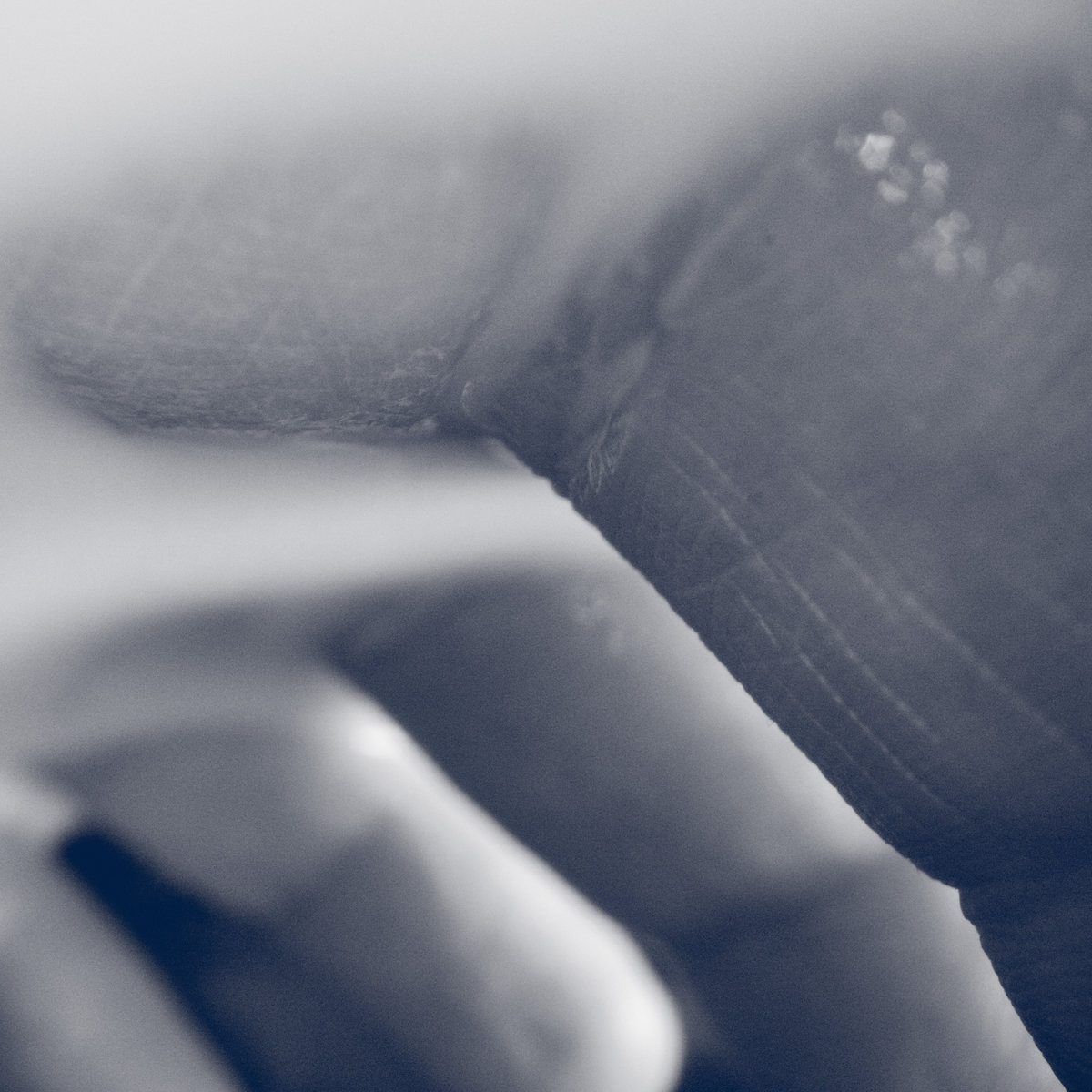 This latest full-length from Australian composer Madeleine Cocolas is billed as a companion piece to 2022’s acclaimed Spectral, as the two albums have something of a conceptual yin/yang relationship: Spectral was devoted to “evoking memories and emotions,” while Bodies “is about being present in your body.” The title also has a dual meaning this time around, as Cocolas sought to explore “similarities between bodies of water and human bodies” and “blur the boundaries between them.” As is the case with most conceptual inspirations behind instrumental albums, it is hard to say how much of that actually comes through in the music, but it makes for interesting contextual background and it seems to have triggered a significant creative evolution, as Madeleine makes beautiful use of manipulated field recordings. That element alone is enough to set her apart from other ambient/drone artists in the Room40 milieu, but I was also struck by her talents for sound design and virtuosic ability to interweave countless moving parts in dynamically compelling ways. At its best, Bodies feels like a minor deep listening/headphone masterpiece.
This latest full-length from Australian composer Madeleine Cocolas is billed as a companion piece to 2022’s acclaimed Spectral, as the two albums have something of a conceptual yin/yang relationship: Spectral was devoted to “evoking memories and emotions,” while Bodies “is about being present in your body.” The title also has a dual meaning this time around, as Cocolas sought to explore “similarities between bodies of water and human bodies” and “blur the boundaries between them.” As is the case with most conceptual inspirations behind instrumental albums, it is hard to say how much of that actually comes through in the music, but it makes for interesting contextual background and it seems to have triggered a significant creative evolution, as Madeleine makes beautiful use of manipulated field recordings. That element alone is enough to set her apart from other ambient/drone artists in the Room40 milieu, but I was also struck by her talents for sound design and virtuosic ability to interweave countless moving parts in dynamically compelling ways. At its best, Bodies feels like a minor deep listening/headphone masterpiece. This is the vinyl debut from American Primitive-inspired French guitarist Raoul Eden, but it previously surfaced as a self-released CD back in 2023 (a previous “incarnation,” if you will). That makes the chronology of Eden’s evolution a little blurry, as his other album (Anima, released on Scissor Tail) was recorded that same year. In any case, Incarnation is an absolute tour de force, as Eden tries his damndest to fill the void left by Jack Rose’s passing and gamely spices up his “primitive psychedelic blues” vision by incorporating Indian, Arabic, Turkish, Moroccan, and Taureg influences. Obviously, the solo steel string guitarist tradition of looking to the East for cool ideas goes back to at least Robbie Basho, but Eden executes that assimilation quite beautifully (and unusually seamlessly). In fact, Eden executes just about everything beautifully and that is the bit that elevates Incarnation into something quite striking and singular, as he brings an ecstatic intensity to almost every single one of these six pieces, resulting in a strain of fingerstyle guitar that often gloriously feels like a runaway train leaving a rain of sparks in its wake.
This is the vinyl debut from American Primitive-inspired French guitarist Raoul Eden, but it previously surfaced as a self-released CD back in 2023 (a previous “incarnation,” if you will). That makes the chronology of Eden’s evolution a little blurry, as his other album (Anima, released on Scissor Tail) was recorded that same year. In any case, Incarnation is an absolute tour de force, as Eden tries his damndest to fill the void left by Jack Rose’s passing and gamely spices up his “primitive psychedelic blues” vision by incorporating Indian, Arabic, Turkish, Moroccan, and Taureg influences. Obviously, the solo steel string guitarist tradition of looking to the East for cool ideas goes back to at least Robbie Basho, but Eden executes that assimilation quite beautifully (and unusually seamlessly). In fact, Eden executes just about everything beautifully and that is the bit that elevates Incarnation into something quite striking and singular, as he brings an ecstatic intensity to almost every single one of these six pieces, resulting in a strain of fingerstyle guitar that often gloriously feels like a runaway train leaving a rain of sparks in its wake.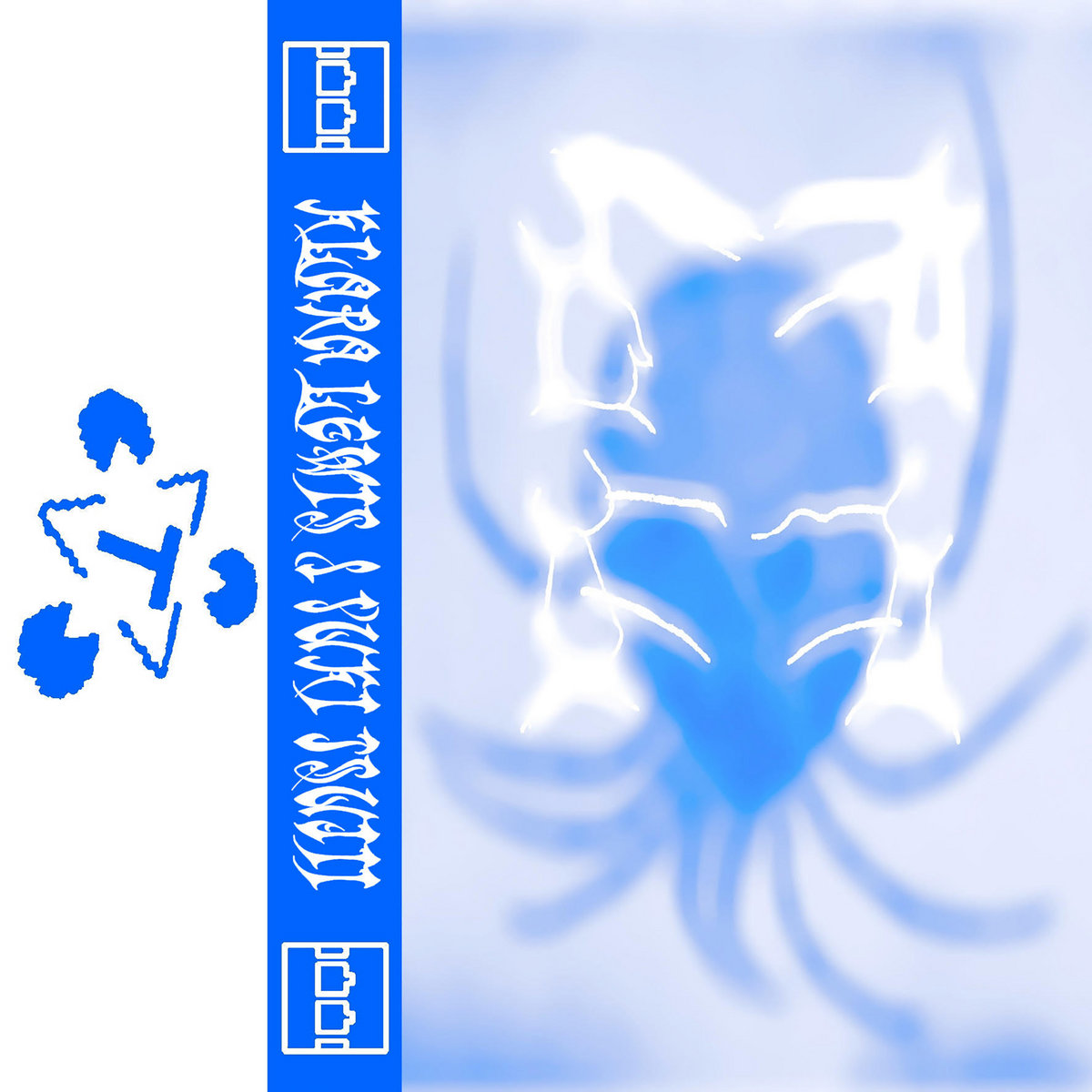 I am always eager to hear anything new from the reliably weird and inventive Klara Lewis, but the unpredictability of her collaborative releases is especially pronounced. Notably, Salt Water is the first of those collaborations in which I was not previously familiar with her creative foil. It also seems like quite a leftfield pairing on paper, given that Yuki Tsujii is best known as the guitarist for a hard-to-categorize Japanese rock band based in London (Bo Ningen). Fortunately, everything made sense once I learned that Tsujii is now based in Stockholm (Lewis is Swedish) and that he had previously collaborated with both Faust and Keiji Haino (his primal, convulsive playing here would be right at home on an album by the latter). Also of note: Lewis is described as a "loop finder" in the album's description, which feels like an extremely apt description of her role on Salt Water. Unsurprisingly, the loops that she found are extremely cool, resulting in an album that often sounds like scrabbling guitar noise assaulting an eclectic array of '60s exotica, classical, and film score samples.
I am always eager to hear anything new from the reliably weird and inventive Klara Lewis, but the unpredictability of her collaborative releases is especially pronounced. Notably, Salt Water is the first of those collaborations in which I was not previously familiar with her creative foil. It also seems like quite a leftfield pairing on paper, given that Yuki Tsujii is best known as the guitarist for a hard-to-categorize Japanese rock band based in London (Bo Ningen). Fortunately, everything made sense once I learned that Tsujii is now based in Stockholm (Lewis is Swedish) and that he had previously collaborated with both Faust and Keiji Haino (his primal, convulsive playing here would be right at home on an album by the latter). Also of note: Lewis is described as a "loop finder" in the album's description, which feels like an extremely apt description of her role on Salt Water. Unsurprisingly, the loops that she found are extremely cool, resulting in an album that often sounds like scrabbling guitar noise assaulting an eclectic array of '60s exotica, classical, and film score samples. odd collaboration in multiple ways. Andrew Quitter (Suburbia Melting, Regosphere) and Jonathan Canady (Deathpile, Dead World) is not the noise excursion I would have expected based on the artists involved. Instead, it is more of a deconstructed sludgy rock/metal album, with production as influenced by noise as it is cinematic sound design.
odd collaboration in multiple ways. Andrew Quitter (Suburbia Melting, Regosphere) and Jonathan Canady (Deathpile, Dead World) is not the noise excursion I would have expected based on the artists involved. Instead, it is more of a deconstructed sludgy rock/metal album, with production as influenced by noise as it is cinematic sound design. This Swiss percussionist has been quietly carving out a very cool and unique niche for himself over the last decade, as he continually finds unusual conceptual scenarios to combine with his virtuosic playing. I greatly enjoyed 2021's aptly titled Locked Grooves, but had not yet delved too deeply into his earlier work, so I had missed the first installment of Hidden Tracks: 2017's Basel – Genève. For that album, Sartorius brought his drumsticks along for a 10-day, 270km hike along Switzerland's Jura Ridgeway Trail and recorded improvised beats on whatever intriguing sound sources he encountered (trees, empty silos, corn stalks, etc.). On this latest installment, his journey is now vertical, as Sartorius kept a similar beat diary as he climbed from the Italian village of Domodossola "to the peak of Weissmies (4017m above sea level) in the Swiss Valais." In theory, that upped the game considerably constraint-wise, as Sartorius gradually leaves behind both humanity and trees in his ascent, but that comparative dearth of available sound sources was no match for his resourceful inventiveness.
This Swiss percussionist has been quietly carving out a very cool and unique niche for himself over the last decade, as he continually finds unusual conceptual scenarios to combine with his virtuosic playing. I greatly enjoyed 2021's aptly titled Locked Grooves, but had not yet delved too deeply into his earlier work, so I had missed the first installment of Hidden Tracks: 2017's Basel – Genève. For that album, Sartorius brought his drumsticks along for a 10-day, 270km hike along Switzerland's Jura Ridgeway Trail and recorded improvised beats on whatever intriguing sound sources he encountered (trees, empty silos, corn stalks, etc.). On this latest installment, his journey is now vertical, as Sartorius kept a similar beat diary as he climbed from the Italian village of Domodossola "to the peak of Weissmies (4017m above sea level) in the Swiss Valais." In theory, that upped the game considerably constraint-wise, as Sartorius gradually leaves behind both humanity and trees in his ascent, but that comparative dearth of available sound sources was no match for his resourceful inventiveness.